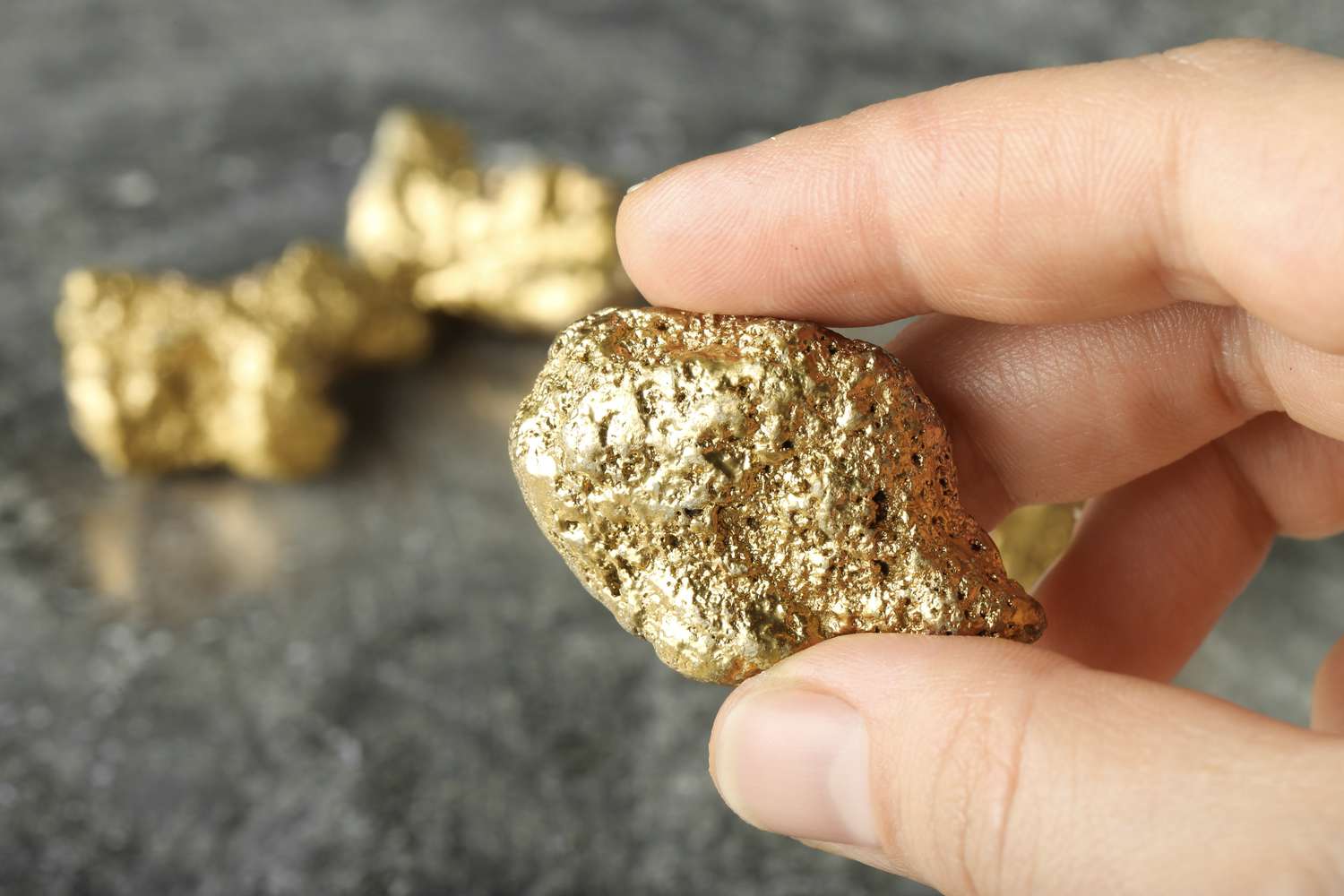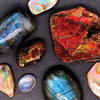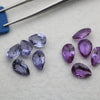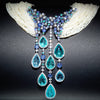The Precious Truth: Understanding Metals, Colors, and Karats in Jewelry
- by Greta Fontanella

When it comes to jewelry, the metal you choose isn’t just a matter of color—it affects everything from durability and comfort to value and care. Understanding the differences between metals, their colors, and the karat system can help you make a more informed decision when purchasing or designing a piece. Metals also influence the price, weight, hypoallergenic properties, and the overall feel of your jewelry. Let’s take a deeper look.
Sterling Silver vs. Fine Silver
Silver is a classic metal in jewelry, known for its luminous white shine and affordability. The most common type used in fine jewelry is sterling silver (92.5% pure silver), alloyed with 7.5% other metals (usually copper) for strength. This small addition makes it durable enough for everyday wear, although it may tarnish over time if not stored properly.
Fine silver (99.9% pure) is softer and more malleable, giving it a buttery texture. However, it scratches and bends more easily, which is why it’s more common in art jewelry or collector pieces than daily wear.
Gold: A Spectrum of Colors
Gold is beloved for its beauty, rarity, and value. Naturally occurring as a rich yellow metal, it can be alloyed with other metals to produce a variety of colors:
-
Yellow gold: The most traditional color, created by mixing pure gold with copper and silver to retain its warm glow.
-
White gold: Made by combining gold with palladium or nickel, then typically plated with rhodium for extra brightness and protection. Rhodium wears off over time and may need re-plating.
-
Rose gold: Created by alloying gold with copper. Its pinkish hue has become popular for vintage-inspired and romantic styles.
-
Green and black gold: More experimental finishes created by blending specific alloys or surface treatments.
Color does not change the gold content—it only affects aesthetics and sometimes skin sensitivity, especially in nickel-containing white gold.
Understanding Karats “Karat” (K) refers to the purity of gold, measured in 24 parts:
-
24K = 100% gold — bright yellow but extremely soft, rarely used in Western fine jewelry.
-
22K = 91.6% gold — seen in high-karat jewelry in Asia and the Middle East.
-
18K = 75% gold — rich color, excellent balance of beauty and durability.
-
14K = 58.3% gold — ideal for everyday jewelry in the US and Europe.
-
10K = 41.7% gold — the minimum legal standard to be called “gold” in the US.
Lower karat gold contains more alloyed metals, making it harder and more resistant to wear but less intensely yellow. Higher karat gold is richer in color but softer and more expensive.
Platinum and Palladium: The Luxe Metals
Platinum is a premium choice in fine jewelry. It’s a dense, heavy metal with a cool white luster that doesn’t fade or tarnish. It’s naturally hypoallergenic and highly durable, making it ideal for engagement rings and heirloom pieces.
Palladium, part of the same family as platinum, offers similar color and hypoallergenic properties but is lighter in weight and often more budget-friendly. It’s becoming increasingly popular as a modern alternative to platinum or white gold.
Other Noteworthy Metals
-
Titanium: Lightweight and strong, often used in men’s rings and modern jewelry. Hypoallergenic but difficult to resize.
-
Tungsten: Extremely hard and scratch-resistant, though brittle under impact. Popular for industrial-style bands.
-
Stainless Steel: Affordable, durable, and corrosion-resistant, often used in fashion jewelry.
Which Metal is Best for You?
When choosing a metal, consider your lifestyle, aesthetic preferences, and skin sensitivity:
-
Daily wear (rings, bracelets): 14K gold, platinum, or durable sterling silver
-
Sensitive skin: Platinum, palladium, or nickel-free alloys
-
Budget-friendly luxury: 10K or 14K gold, or sterling silver with quality plating
-
Heirloom/fine pieces: 18K gold or platinum
Caring for Your Jewelry Metals
-
Store separately to avoid scratching.
-
Avoid harsh chemicals and remove jewelry during heavy work.
-
For silver: Store in anti-tarnish bags and polish periodically.
-
For gold and platinum: Clean with gentle soap and water, and inspect prongs or settings regularly.
Whether you're drawn to the warm glow of gold, the icy sheen of silver, or the prestige of platinum, knowing your metals gives you the power to choose pieces that align with your values, lifestyle, and personal expression.
- Posted in:
- 14k vs 18k gold
- gold karats
- jewelry buying guide
- jewelry metals comparison
- metal choices in jewelry
- precious metals
- silver vs gold
- sterling silver jewelry
- types of gold





